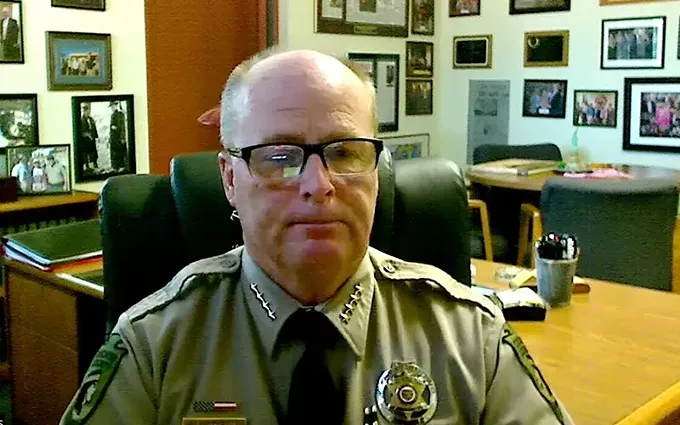Thursday, April 28, 2022

Photo courtesy House Judiciary Committee
Cochise County Sheriff Mark Dannels told a House committee on human trafficking that border-related crimes are at an “all-time high,” but other witnesses said border crime has little to do with human trafficking.

